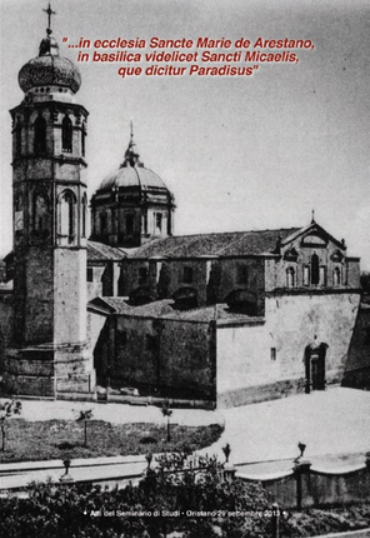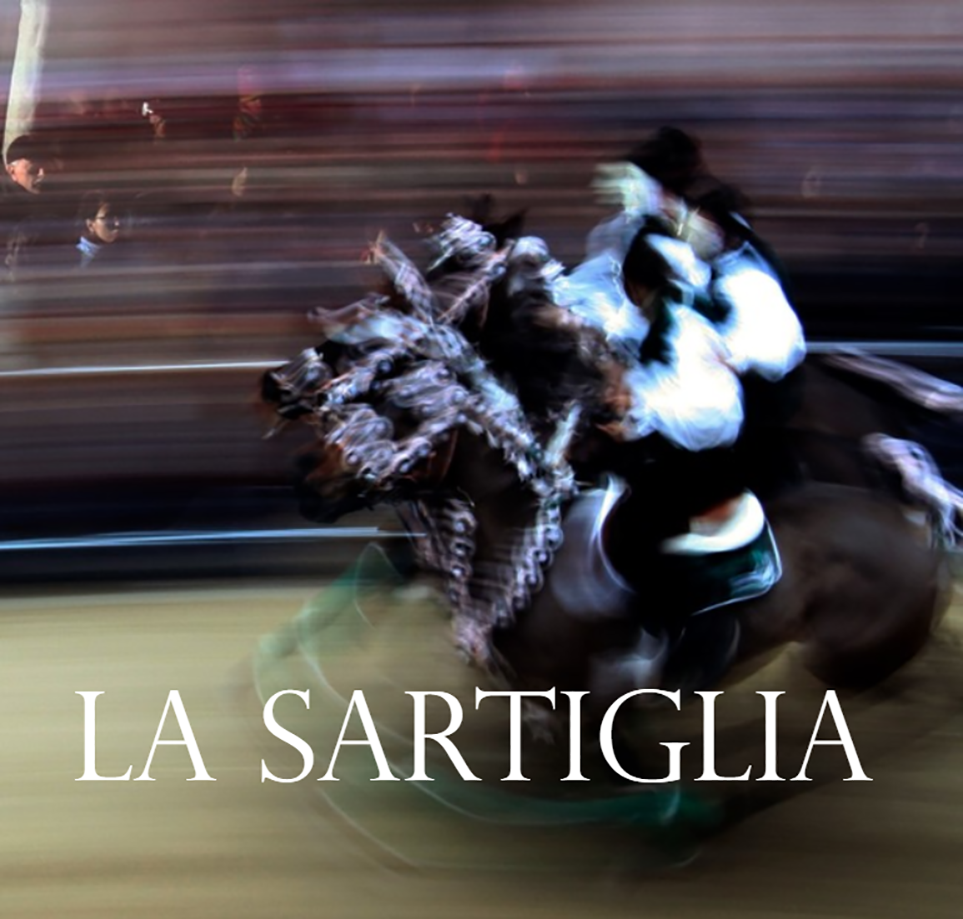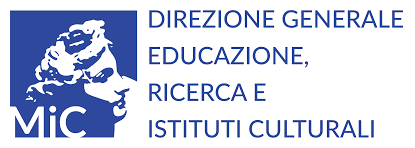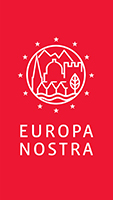The Oristano Foundation has decided to publish an annual scientific journal named “ARISTANA” Cultures and Architectures of the Mediterranean”.
The initiative aims to revive the tradition of certain cultural journals that, in past decades, have contributed to cultivating and transmitting knowledge, not limited solely to the territory of Oristano: Quaderni Oristanesi and Biblioteca Sarda Francescana.
The Board of Directors of the Foundation believed that such an important legacy should not be lost but renewed, emphasizing the scientific level of contributions and the in-depth cultural exploration and dialogue with the Mediterranean context, the geographic framework essential for a better understanding of Sardinia’s historical and artistic events.
The multidisciplinary approach of the journal will revolve around the artistic, architectural, and landscape heritage.
To this end, the Foundation’s Board of Directors has entrusted the scientific direction of the new journal to Professor Marco Cadinu, with the task of defining its cultural focus and with the ambitious intention of seeking recognition of its scientific quality from ANVUR.
The journal, which will be published annually, will cover monographic themes selected by the Director and the Scientific and Editorial Committee.
On the chosen theme, a call for papers will be disseminated and promoted (call for papers).
The articles will undergo a double-blind review process to assess their originality, methodological correctness, rigor, critical coherence with the objectives of the chosen theme, significant contribution to advancing the studies, and clarity in communication.
Aristana will be printed in hard copy format but will also be freely accessible in digital format on the Foundation’s website.
Editor-in-chief
Sandro Pisu
Scientific Director
Marco Cadinu
Editorial Board
Carlo Cuccu (President), Marco Cadinu, Maurizio Casu, Francesco Deriu, Sandro Pisu
Scientific and Editorial Committee
Antonello Alici – Università Politecnica delle Marche
Giovanni Azzena – Università degli Studi di Sassari
Silvia Bodei – Politecnico di Milano
Roberto Busonera – Università degli Studi di Sassari
Romina Carboni – Università degli Studi di Cagliari
Gian Matteo Corrias
Chiara Devoti – Politecnico di Torino
Francisco Javier Herrera Garcia – Universidad de Sevilla
Maria Clara Ghia – Sapienza Università di Roma
Roberto Ibba – Università degli Studi di Cagliari
Rita Pamela Ladogana – Università degli Studi di Cagliari
Enrico Lusso – Università di Torino
Stefano Mais – Università degli Studi di Cagliari
Joan Domenge Mesquida – Universitat de Barcelona
Andrea Pala – Università degli Studi di Cagliari
Maria Giovanna Putzu – Università degli Studi di Camerino
Pasquale Rossi – Università Suor Orsola Benincasa di Napoli
Marcello Schirru – Università degli Studi di Cagliari
Carlo Tosco – Politecnico di Torino
Nicoletta Usai – Università degli Studi di Cagliari
Diego Zucca – Università degli Studi di Sassari
Editorial staff
Francesco Deriu (coordinator), Stefania Atzori, Maurizio Casu, Raffaele Cau.

